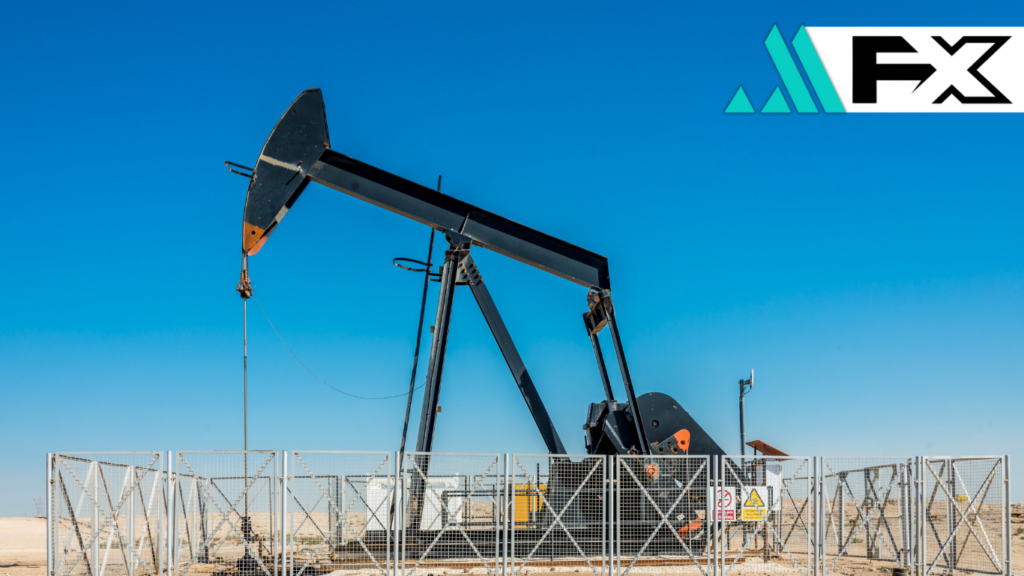Oil markets slid on Monday, driven by early signs of a potential breakthrough in nuclear negotiations between the United States and Iran. Brent crude futures declined by 2.2%, falling $1.51 to $66.45 per barrel as of 11:15 GMT.
Meanwhile, U.S. West Texas Intermediate (WTI) crude dropped 2.4%, or $1.57, to $63.11 per barrel. The retreat follows strong gains last Thursday when both benchmarks closed over 3% higher, but markets remained closed Friday for the Easter holiday.
According to Iranian Foreign Minister Hossein Amir-Abdollahian, both countries agreed to begin drafting a framework for a revived nuclear agreement. A U.S. official echoed the sentiment, citing “very good progress.” If sanctions are lifted, Iran could ramp up oil exports, pressuring global prices further.
Market liquidity was thin due to the Easter break, amplifying price volatility. But traders noted that the optimism around diplomacy overshadowed supply tightness—at least for now.
Tariff Concerns Weigh on Oil Demand
Beyond geopolitics, global economic headwinds are adding pressure to oil markets. A Reuters poll conducted on April 17 revealed that nearly half of investors expect a U.S. recession within the next year, citing aggressive tariff policies as a major drag on growth.
President Donald Trump’s ongoing criticism of the Federal Reserve has further rattled investor sentiment, fueling fears of policy instability. With the U.S. being the world’s largest oil consumer, any slowdown in economic activity could curb fuel demand significantly.
Economic signals investors are tracking:
- U.S. flash manufacturing and services PMI for April
- Global industrial output trends
- Trade tensions with China and tariff outlook
Analysts warn that the broader trend for oil remains downward unless global growth signals stabilize.
OPEC+ Supply Plans Add More Pressure
On the supply front, the OPEC+ alliance—including Saudi Arabia and Russia—is expected to increase output by 411,000 barrels per day beginning in May. While some overproducing nations are set to reduce output to meet quotas, the net effect is likely a supply increase.
IG market strategist Yeap Jun Rong notes, “Oil prices face resistance near the $70 mark, and that ceiling may hold if tariffs and weak demand persist.”
Market Snapshot:
- Brent Crude: $66.45/barrel (–2.2%)
- WTI Crude: $63.11/barrel (–2.4%)
- OPEC+ Output Plan: +411,000 barrels/day in May
With diplomatic talks progressing and economic uncertainty looming, the oil market finds itself at a pivotal crossroads.


